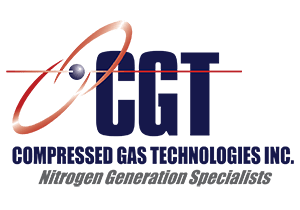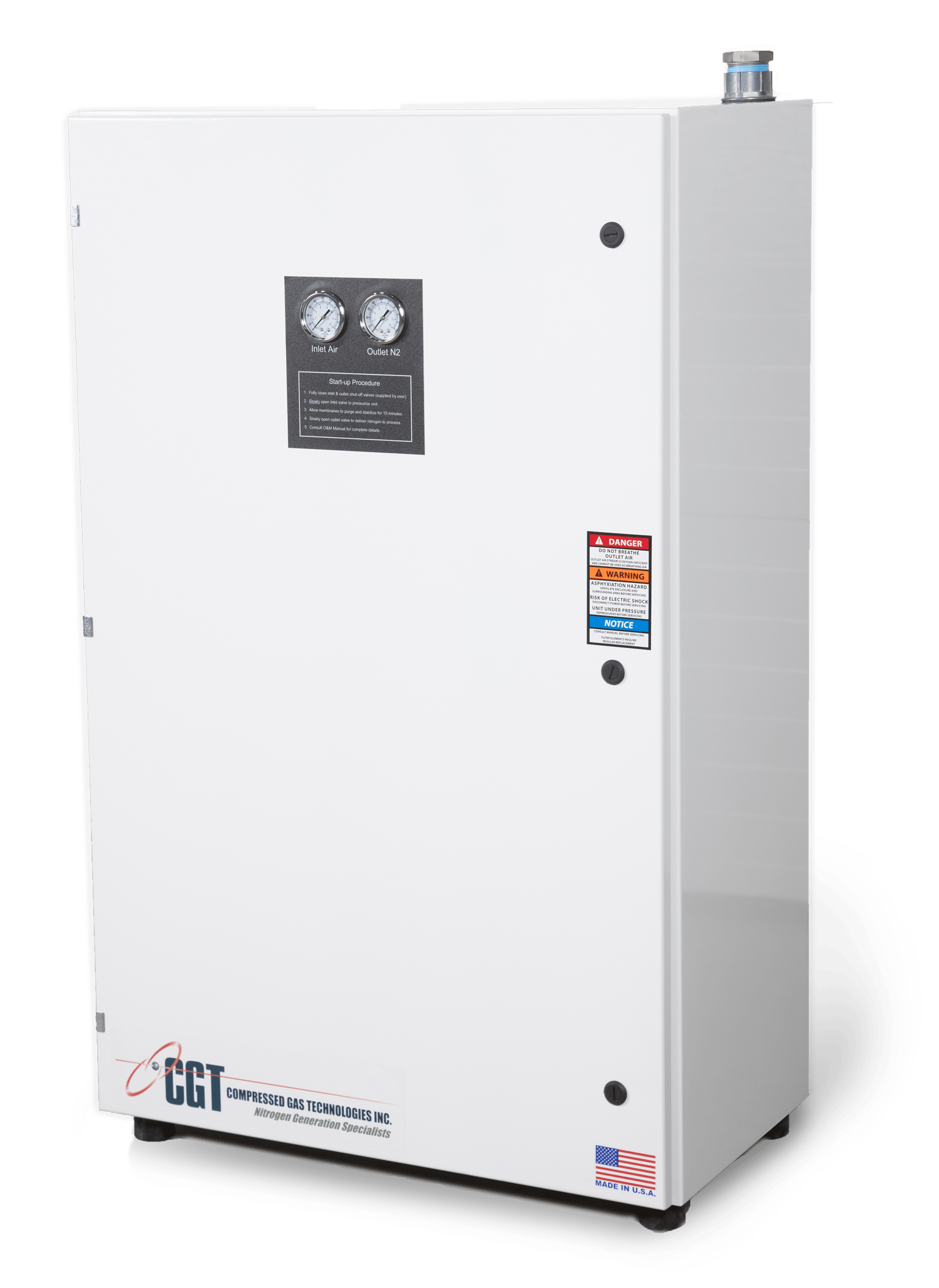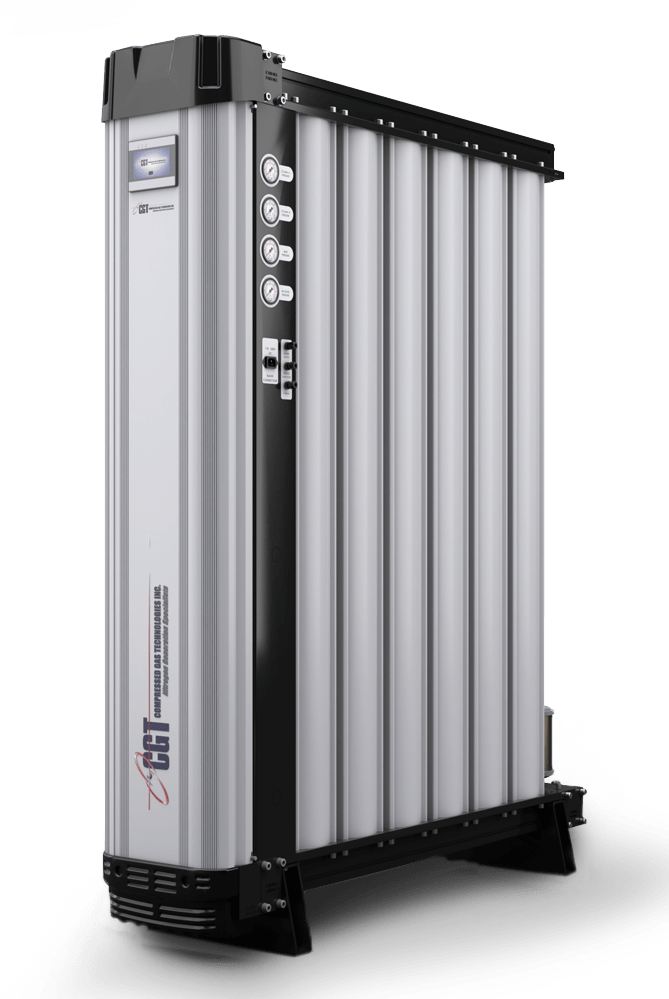Laser Cutting

Laser Cutting
Laser cutting with nitrogen is intended for applications where oxidation is not wanted. For example, an oxide layer can cause paint to adhere less strongly on non-alloy steel. If non-alloy steel is painted after cutting, the cutting gas should be nitrogen. Weldable steel components laser cut with oxygen will not pass the bending test. Stainless steel loses its corrosion resistance when cut with oxygen, and aluminum pieces cut with oxygen have an uneven and burred cut surface.
When nitrogen is used as the cutting gas, the laser beam melts the material, and the nitrogen blows away the molten material from the cutting groove. Since no exothermic reaction takes place, the cutting speed is much slower than when cutting with oxygen. To ensure a burr-free cut edge, the laser beam must usually be focused on the bottom surface of the plate.



